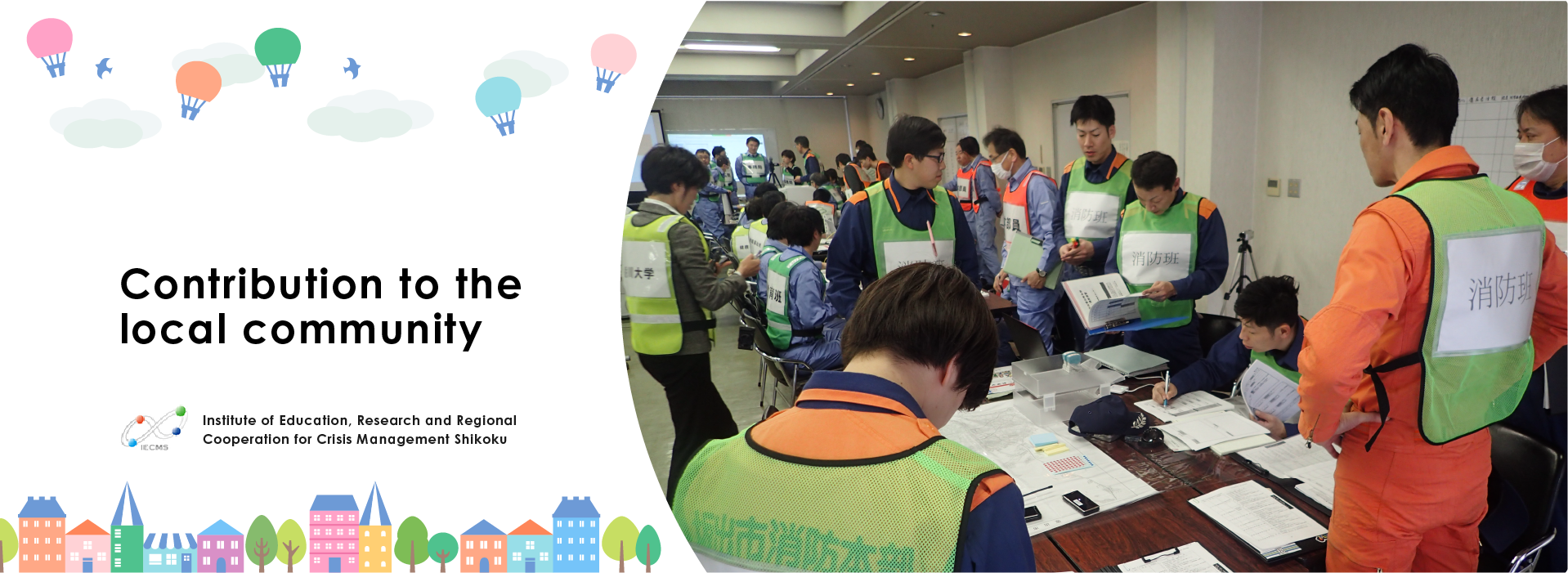
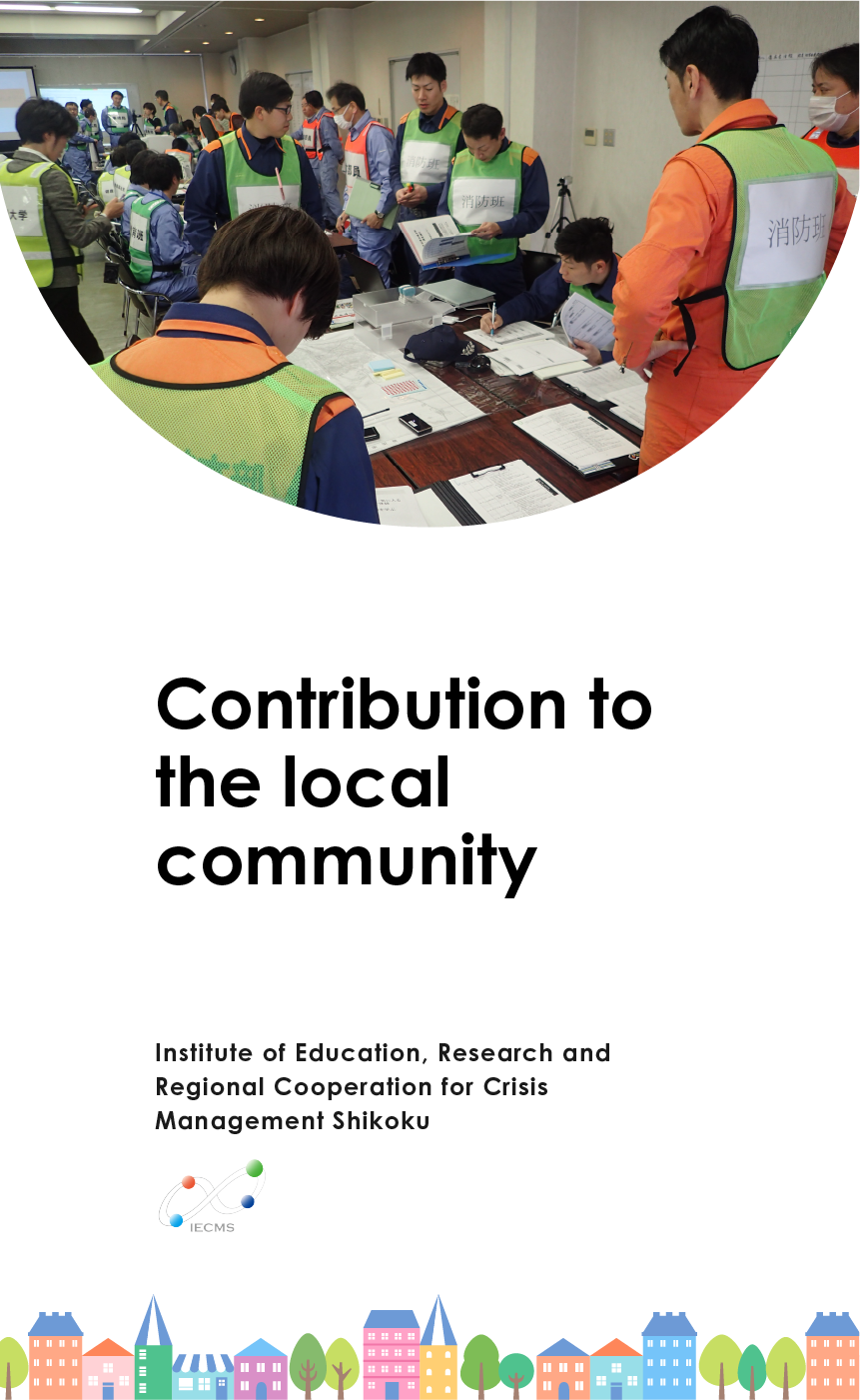



Support for staff training and disaster drills organized by local governments
The town of Shodoshima in Kagawa Prefecture is working on human resource development to develop crisis management skills in the event of an emergency.
IECMS is cooperating with the town in the development and implementation of crisis management training programs for its employees and is dispatching instructors. The program provides information on the history of disasters in Shodoshima and on Nankai Trough earthquake based on the latest findings, as well as support and guidance for simulation training based on the assumption of a large-scale disaster.
IECMS supports this activity so that Shodoshima town officials can eventually become instructors themselves and train disaster task force personnel autonomously.
In addition, IECMS has been also actively cooperating with initiatives of Sakaide City in Kagawa Prefecture conducting disaster management drills based on the assumption that a tsunami would hit in the event of a Nankai Trough earthquake to contribute to the enhancement of local disaster management capabilities.
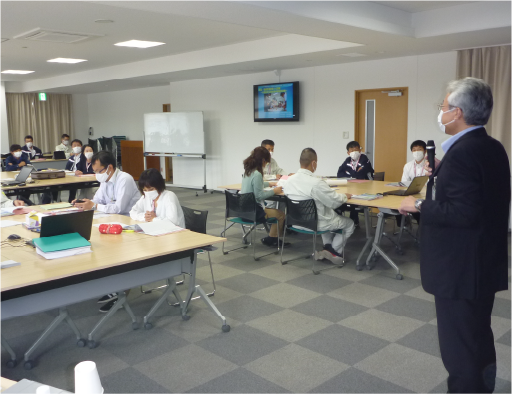
Staff training in Shodoshima Town
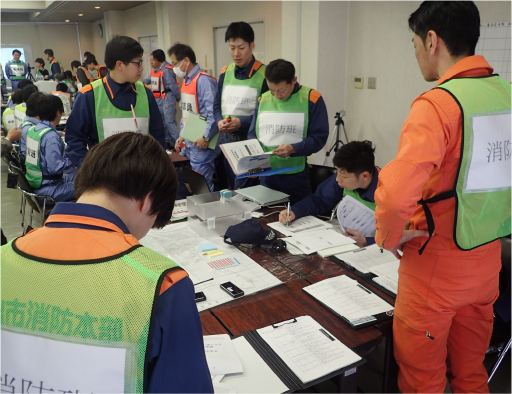
Disaster management drill in Sakaide City
Kagawa Regional Continuation Study Council (Expansion to Asia)
Institute of Education, Research and Regional Cooperation for Crisis Management Shikoku (IECMS) at Kagawa University is aiming to expand its know-how in the formulation and operation of a District Continuity Plan (DCP), which is different from the Business Continuity Plan (BCP) of each organization, to Asia.
This District Continuity Plan is developed at the Kagawa Regional Continuity Study Council established in 2012 by related organizations using Kagawa prefecture as a model.
In addition to the national, prefectural, and municipal governments, the council is made up of 38 organizations, including lifeline providers such as electricity, telecommunications, gas, and water, as well as commercial, construction, and social welfare organizations.
In 2014, the Kagawa Regional Continuity Chiefs Council was established to realize the efforts of the Kagawa Regional Continuity Study Council. (Fig.1)
Also, in 2014, the Study Council was introduced in the Cabinet Office's White Paper on Disaster Reduction as an example of an advanced approach to "strengthening regional disaster preparedness through mutual aid”. Furthermore, in 2016, we received the Best Resilience Award at the "Japan Resilience Awards 2016.” This award recognizes and honors companies and organizations from all over Japan that are engaged in activities, technological developments, and product developments that contribute to building a strong and resilient nation, region, people, and industry to form a resilient society for the next generation.


Fig.1
Outline
In Shikoku region, the occurrence of a major earthquake in Nankai Trough is expected, and it is feared that the damage could be as great as or greater than that caused by the Great East Japan Earthquake of 2011. In order to cope with such a situation, it is of course necessary for individual organizations such as governments, businesses, schools, and hospitals to continue their individual operations, but it is also necessary for each organization to work together to formulate and promote a District Continuity Plan (DCP) that will ensure the continuity of the region, first at the municipal level, then at the prefectural level, and finally for the entire Shikoku region.
From this perspective, Institute of Education, Research and Regional Cooperation for Crisis Management Shikoku (IECMS) established the Kagawa Regional Continuity Study Council in May 2012 in collaboration with related organizations. In addition to the national government, Kagawa Prefecture, Takamatsu City, and the Chamber of Commerce and Industry, companies responsible for electricity, gas, and other infrastructure are participating i n the council. Kagawa University serves as the secretariat and manages the council in cooperation with related organizations.(Fig.2)
By 2021, the Kagawa Regional Continuity Study Council has held 29 meetings, 28 study sessions for the Kagawa Regional Continuity Study Council with the participation of the general public, and 10 Symposiums.
In order to manage the Kagawa Regional Continuity Plan, action items to be implemented over three to five years have been defined.(Fig.3)
This approach to creating and managing a regional continuity plan is one of the most advanced initiatives in Japan.
If you are interested, please contact the Institute of Education, Research and Regional Cooperation for Crisis Management Shikoku (IECMS) at Kagawa University


Fig.2


Fig.3
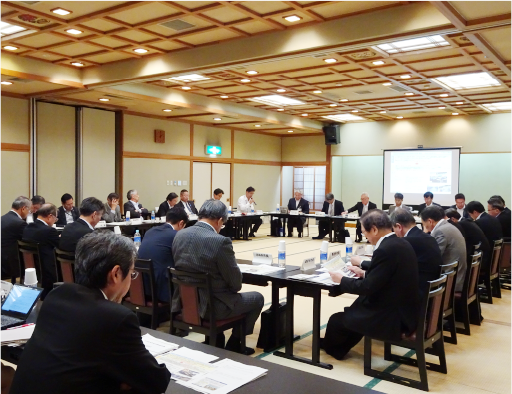
Kagawa Regional Continuity Chiefs Council
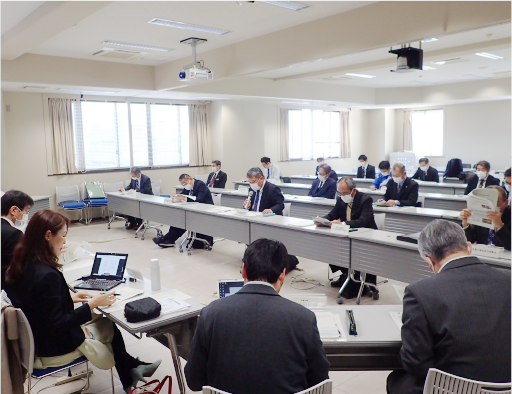
Kagawa Regional Continuity Study Council
Kagawa University Bousaisi-club
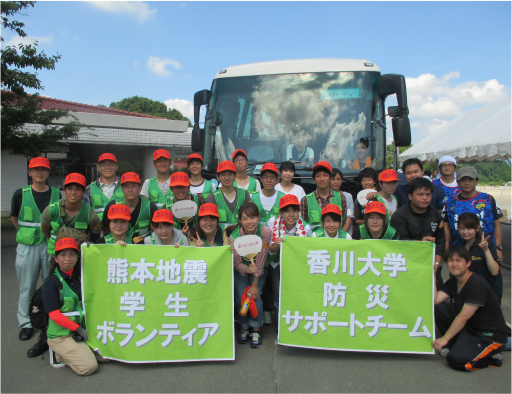
Kagawa University has started a special education program, the "Disaster Prevention Specialist Training Program," for second-year students and above who have obtained disaster prevention certification since 2013. The objective of this program is to develop human resources who can act as leaders by acquiring practical knowledge and skills related to disaster prevention and disaster risk reduction for all undergraduate students. All members of this club are certified disaster prevention officers, and the club was established in 2014 for them to voluntarily participate in disaster prevention activities. This club belongs to the college section of the Kagawa Prefecture Disaster Prevention Officers Association, and participates in the association's training and support activities in the disaster area. These club members have been involved in disaster volunteer activities such as the Kumamoto Earthquake Disaster Student Volunteers (2016 - 2018), the Northern Kyushu Torrential Rain Disaster Student Volunteers (2017), and the Western Japan Torrential Rain Disaster Student Volunteers (2018). These club members worked together with students from other universities in these volunteer activities and deepened the exchange between students.
Institute of Education, Research and Regional Cooperation for Crisis Management Shikoku
Copyright(C) 2022 Kagawa University All Rights Reserved.